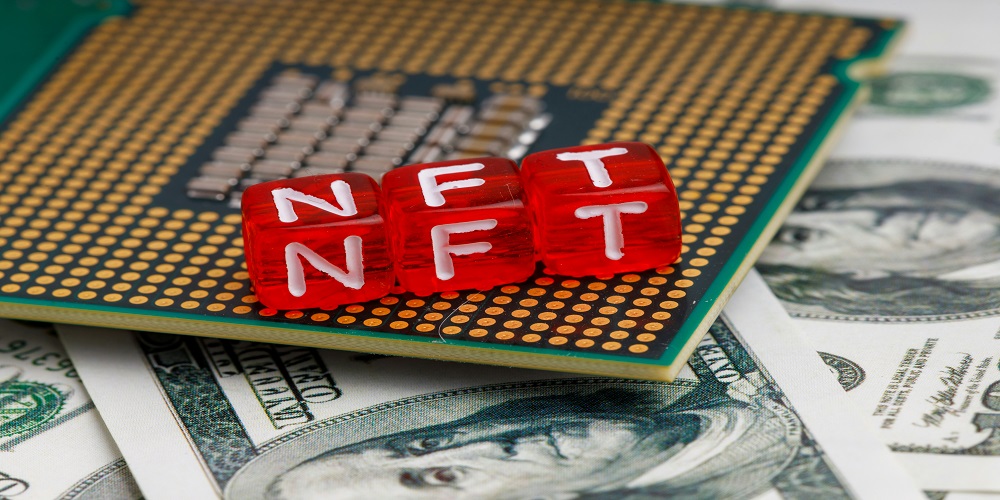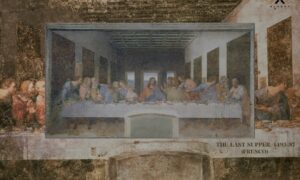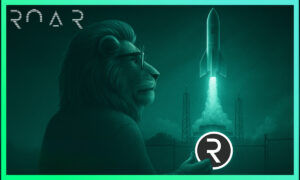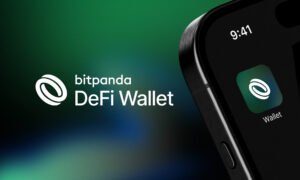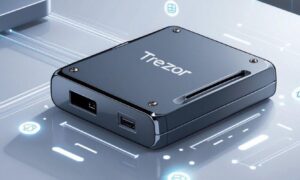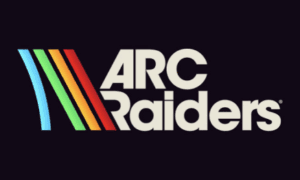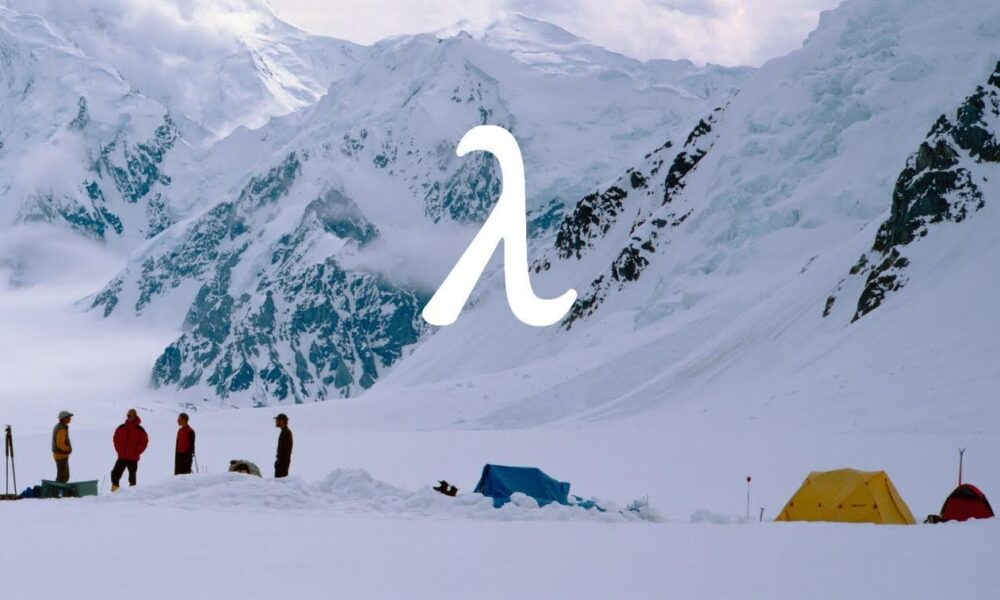Whether you’re an artist looking to monetize your unique creations or a savvy entrepreneur eager to dive into this booming NFTs market, understanding how to create and sell non-fungible tokens is your golden ticket. In this comprehensive guide, we’ll walk you through each step of the NFT journey—empowering you with the knowledge and tools needed to transform your ideas into profitable digital assets. From choosing the right platform for minting your masterpieces to effective marketing strategies that attract buyers like moths to a flame, prepare yourself for an engaging adventure as we unlock the secrets behind creating irresistible NFTs! Let’s embark on this digital revolution together—your first masterpiece awaits!
Introduction to NFTs and their popularity
The digital art landscape has transformed, and at the center of this revolution are Non-Fungible Tokens (NFTs). Once a niche curiosity, NFTs have skyrocketed to fame, attracting attention from artists, collectors, and investors alike. Picture this: unique pieces of art selling for millions in mere moments. What was once a simple JPEG is now an exclusive asset that can be owned and traded like fine art.
So what exactly are NFTs? And how can you dive into this booming market? Whether you’re an artist looking to showcase your work or someone interested in exploring new avenues for profit, understanding how to create and sell NFTs could open up exciting possibilities. Get ready to unlock the secrets behind these digital treasures!
What are NFTs?
NFTs, or Non-Fungible Tokens, are digital assets that represent ownership of a unique item or piece of content. Unlike cryptocurrencies such as Bitcoin, which are interchangeable, NFTs are one-of-a-kind.
These tokens exist on a blockchain—a decentralized ledger that enhances security and transparency. This technology ensures that each NFT is distinct and cannot be replicated.
Artists and creators can tokenize their work—whether it’s art, music, videos, or virtual real estate—transforming them into tradable digital assets.
When someone purchases an NFT, they acquire the original version of the asset along with proof of ownership recorded on the blockchain. This innovation has opened new avenues for artists to monetize their creations directly without relying on traditional intermediaries.
As interest in NFTs surges globally, they have captured attention across various sectors—from gaming to fashion—all exploring novel ways to engage audiences through digital collectibles.
How to create NFTs: Step-by-step guide
Creating NFTs is an exciting venture. Start by choosing your art or design. This could be anything from digital paintings to music tracks or even virtual real estate.
Next, identify a platform that suits your needs. Popular marketplaces include OpenSea, Rarible, and Mintable. Each has its unique features and fees, so explore them thoroughly.
Once you’ve selected a platform, upload your digital artwork or asset. Ensure the file meets the marketplace requirements regarding format and size.
Setting a price for your NFT can be tricky. Consider factors like uniqueness and market demand when deciding on the value of your creation.
Finally, create a digital wallet for transactions. Platforms often recommend specific wallets that seamlessly integrate with their services, ensuring smooth buying and selling experiences in the ever-evolving world of NFTs.
Choosing your art/design
Choosing your art or design is the first and most vital step in creating an NFT. This piece should reflect your unique style and vision. Whether it’s digital illustrations, music, photography, or even virtual real estate, authenticity resonates with potential buyers.
Consider what you’re passionate about. Your enthusiasm will shine through in your work. Explore various themes—abstract pieces often attract attention, while realistic designs can connect deeply with viewers.
Experimentation is key here. Try mixing different styles or mediums to create something fresh and original. Don’t hesitate to push boundaries; innovation can set you apart in a crowded marketplace.
Finally, remember that trends come and go in the NFT world. While it’s tempting to chase what’s popular, stick to what feels right for you as an artist. Creating from the heart will always foster genuine connections with collectors.
Identifying a platform or marketplace
Choosing the right platform is crucial for your NFT journey. Several marketplaces cater to different types of digital art and assets, so it’s essential to find one that aligns with your vision.
OpenSea is often considered the go-to marketplace due to its vast audience and user-friendly interface. It’s packed with diverse listings, making it easier for potential buyers to discover your work.
Rarible offers a unique twist by allowing creators to set their royalties on secondary sales, which can be an attractive feature for artists looking to generate ongoing income.
If you’re focused on gaming or collectibles, consider platforms like Axie Marketplace or Decentraland. They specialize in specific niches and draw targeted audiences keen on those categories.
Research each marketplace’s fees, community engagement levels, and promotional tools. The right choice will enhance your visibility while ensuring you connect with interested buyers effectively.
Uploading your digital artwork or asset
Once you’ve chosen your art or digital asset, it’s time to showcase it. Each platform may have its own uploading process, but the essence remains the same.
Begin by navigating to the upload section of your selected marketplace. Most platforms will prompt you to connect your wallet first; this is crucial for seamless transactions later on.
After connecting, select your artwork file from your device. Ensure it’s in a supported format—JPEG and PNG are common choices. Pay attention to image resolution as well; high-quality visuals attract potential buyers.
As you upload, take advantage of any description fields available. This is where storytelling comes into play—share what inspired the piece or its significance in your creative journey.
Take a moment to review everything before hitting that final button. Once uploaded, keep an eye on how it appears on the platform—it should look stunning!
Setting a price for your NFT
Setting a price for your NFT can be one of the trickiest parts of the process. It’s essential to find a balance between perceived value and market demand.
Start by researching similar NFTs in your niche. Look at recent sales to gauge what buyers are willing to pay. This gives you valuable insight into current trends.
Consider the uniqueness and quality of your artwork or asset. Is it something special? If so, don’t hesitate to set a higher price that reflects its originality.
You might also want to experiment with pricing strategies. Some creators opt for auction-style listings, allowing buyers to bid until they reach their maximum offer. Others prefer fixed prices, which provide certainty but may limit potential earnings.
Ultimately, trust your instincts while remaining flexible as you navigate this evolving landscape. Adjusting your price based on feedback and market changes is part of staying relevant in the NFT world.
Creating a wallet for transactions
Creating a wallet is a crucial step in your NFT journey. It’s where you’ll store your digital assets and manage transactions.
Start by choosing a type of wallet. Options include hot wallets, which are online and convenient, or cold wallets that offer better security by being offline. Each has its advantages depending on how frequently you plan to trade.
Once you’ve selected the right one, download the software or set up an account through a reputable provider. Follow their instructions carefully; this often includes generating a unique seed phrase or private key. Keep this information safe—losing it means losing access to your funds.
After setting up your wallet, connect it to the NFT platform you’ve chosen for creating and selling NFTs. This connection streamlines transactions whenever you buy or sell art pieces from your collection. It’s essential for smooth operations as you dive into the vibrant world of NFTs!
How to sell NFTs: Step-by-step guide
Finding buyers for your NFTs can be exciting. Start by leveraging social media platforms like Twitter, Instagram, and TikTok. Share your work frequently to engage potential collectors.
Join online communities dedicated to NFTs. Websites like Discord and Reddit have active groups where you can showcase your creations. Networking is key in this space.
Marketing strategies are crucial for visibility. Consider creating a unique storyline around your NFT or collaborating with other artists to reach wider audiences. Engaging visuals and compelling descriptions can make a difference.
Once you’ve attracted interest, it’s time to complete the transaction seamlessly. Ensure that both you and the buyer understand the terms of sale clearly before proceeding with ownership transfer on the blockchain platform used for listing your NFT. This ensures trust and security in every deal made.
Finding buyers through social media and online communities
To find buyers for your NFTs, social media is a powerful tool. Platforms like Twitter, Instagram, and TikTok are buzzing with potential collectors eager to discover new digital art.
Engage actively in these spaces. Share your creations regularly and connect with fellow artists and enthusiasts. Use relevant hashtags to increase visibility. This can draw attention not only from casual browsers but also serious buyers.
Online communities on Discord or Reddit are goldmines for networking. Join forums specifically centered around NFTs and crypto art. Participate in discussions, share insights, and promote your work without being overly promotional.
Consider collaborating with other creators or participating in virtual exhibitions. These opportunities can enhance your reach while establishing credibility within the community.
Building relationships matters more than a hard sell approach; genuine engagement often leads to loyal collectors who appreciate your unique style.
Marketing strategies for selling NFTs
To effectively market your NFTs, focus on storytelling. Share the inspiration behind your artwork or asset. This creates a personal connection with potential buyers.
Utilize social media platforms like Twitter and Instagram to showcase your creations. Use relevant hashtags to reach wider audiences interested in digital art and blockchain technology.
Engage with online communities such as Discord groups dedicated to NFTs. Participating in discussions can help you build relationships and promote your work organically.
Consider collaborations with other artists or influencers in the NFT space. Joint projects can tap into each other’s fanbases, amplifying visibility exponentially.
Email marketing is another powerful tool. Build a mailing list of interested collectors and keep them updated about new releases or exclusive drops.
Lastly, create visually appealing promotional materials that highlight the unique aspects of your NFT collection—this can significantly enhance interest!
Completing the transaction and transferring ownership
Once you’ve found a buyer for your NFT, the transaction process begins. First, ensure that both parties agree on the price and terms of sale. Clear communication is essential.
Next, you’ll need to facilitate the payment. Most transactions occur in cryptocurrency, so confirm that your buyer has the necessary funds ready in their wallet.
After receiving payment, it’s time to transfer ownership. This usually involves sending the NFT from your digital wallet to the buyer’s wallet address. Double-check this address before proceeding—it’s crucial.
Once transferred, verify with your buyer that they can access and view their new NFT without issues. Maintaining transparency throughout this process builds trust and encourages future sales opportunities.
Lastly, consider acknowledging or following up with your buyer after completion; building rapport might lead to repeat business or referrals within their network.
Benefits and potential risks of creating and selling NFTs
Creating and selling NFTs offers several exciting benefits. For artists, it provides a new revenue stream, allowing them to monetize digital creations in ways never seen before. Ownership of their work is clearly defined on the blockchain, which can add value over time.
Moreover, the NFT market fosters community engagement. Artists can connect directly with fans and collectors, building relationships that enhance brand loyalty.
However, there are potential risks as well. The market is highly volatile; prices can fluctuate dramatically in short periods. This unpredictability may deter some creators from diving in.
Additionally, the environmental impact of blockchain technology raises concerns about sustainability. Minting NFTs often involves energy-intensive processes.
Lastly, there’s always the risk of scams or copyright infringement in this evolving space. Creators must remain vigilant to protect their work and investments while navigating this innovative landscape.
Success stories of artists and creators in the NFT market
The Creating and selling NFTs offers several exciting benefits. For artists, it provides a new revenue stream, allowing them to monetize digital creations in ways never has become a playground for artists, allowing them to explore new avenues for expression and income. One standout story is that of Beeple, who made headlines when his digital artwork sold for an astonishing $69 million at auction. This event catapulted NFTs into the mainstream.
Musicians are also joining the fray. Grimes, known for her avant-garde style, released a series of visual art pieces paired with music, raking in over $6 million within minutes. Her success showcases how diverse formats can thrive in this space.
Even indie creators have found their niche. Artists like Pak and XCOPY have garnered loyal followings by blending unique styles with innovative concepts. Their works not only sell but often appreciate significantly in value.
These stories inspire countless others to dive into creating and selling NFTs, proving that creativity knows no bounds in the digital realm.
Conclusion
In conclusion, creating and selling NFTs is a rapidly growing market in the digital world. With these seven steps, you can join in on the excitement and potential profits of this new venture. Remember to do your research, create unique content, and utilize online platforms for maximum exposure. As technology continues to advance, who knows what opportunities may arise for NFTs in the future. So get out there and start creating your very own non-fungible tokens today!

